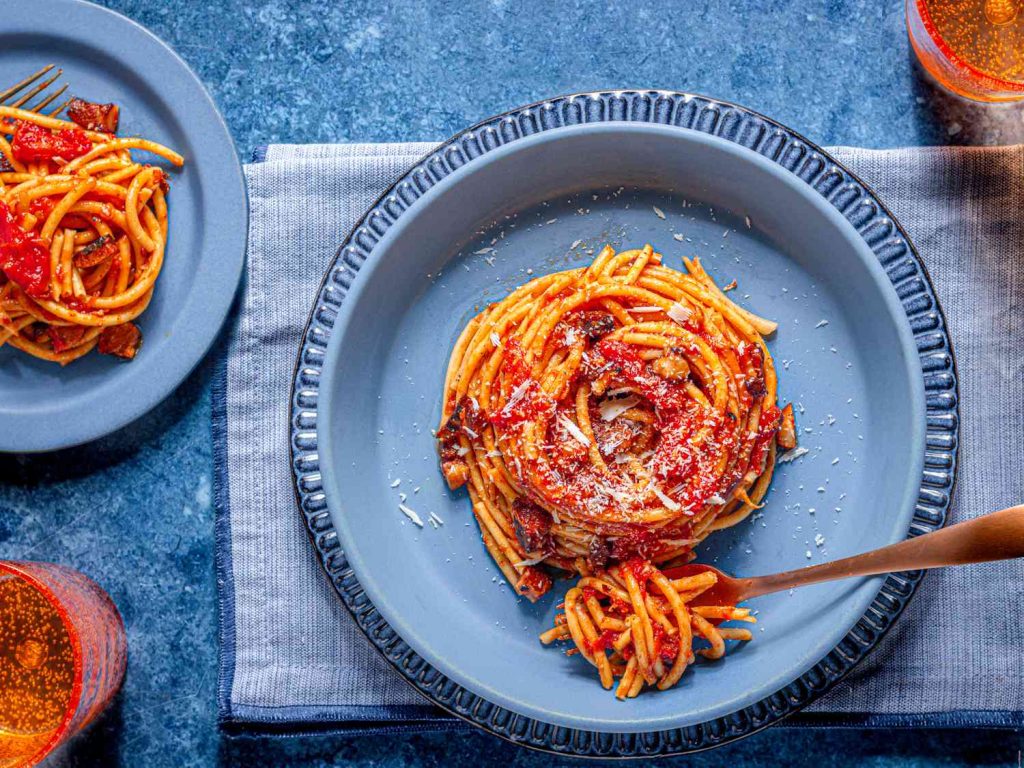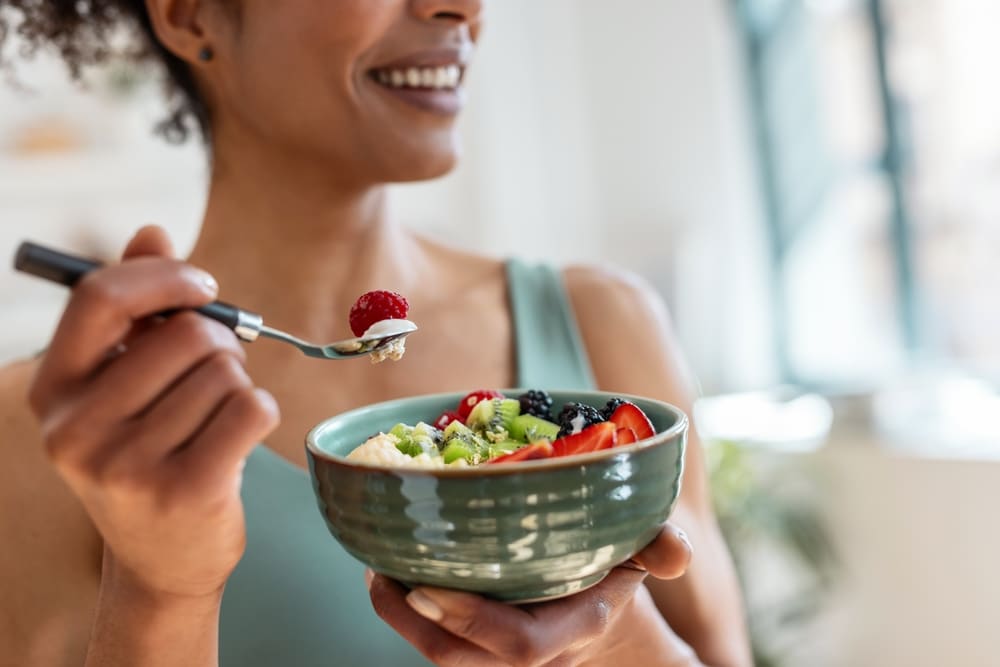When we think about eating healthier, we often focus on what’s on our plate. But have you ever thought about the plate itself? According to the concept of plate color psychology, the color of your dinnerware might actually influence how much you eat, how you enjoy your food, and even how full you feel afterward. It sounds strange, but our brains really do respond to color—especially when it comes to food. So, if you’re looking for simple ways to eat better or manage your appetite, paying attention to plate color could be a smart (and stylish) start.
What Is Plate Color Psychology?
Plate color psychology is the idea that the color of your plate can influence your eating habits. This includes how much you eat, how tasty your food seems, and how hungry or full you feel. It’s part of a bigger area called color psychology, which explores how different colors affect our mood, behavior, and even decision-making.
In the world of food, color plays a huge role. Think about how unappetizing grey or blue food looks—or how bright colors make a dish seem fresher. The same effect applies to the plates you use. Choosing the right plate color might help you feel more satisfied, eat more mindfully, or avoid overeating altogether.
Warm Colors: Appetite Boosters
Red, orange, and yellow are considered warm colors—and they’re known for stimulating the appetite. Many fast-food chains use these colors for that very reason. Plates in these shades can make food look more appealing and can even make you eat faster.
- Red plates: Some studies suggest red can make you eat more because it’s an energizing color. Others say it might have the opposite effect by making people more cautious, like a stop sign. It could go either way depending on your mindset.
- Orange and yellow plates: These feel cheerful and cozy. They can create a sense of warmth and comfort, making you more likely to dig in—especially with comfort foods like pasta or dessert.
Plate color psychology teaches us that while these plates look inviting, they may encourage you to eat more than you realize.

Cool Colors: Appetite Suppressors
On the flip side, cool colors like blue and green tend to calm the senses—and that includes your appetite. There’s a reason why blue isn’t common in natural foods: our brains don’t associate it with hunger.
- Blue plates: These are known for reducing appetite. If you’re trying to eat less or slow down during meals, using a blue plate can help.
- Green plates: While green is also calming, it’s strongly linked to freshness and health. Serving veggies or salads on green plates might make them more visually appealing.
This is where plate color psychology can become a useful tool for weight management or mindful eating.
Neutral Colors: The Hidden Influence
White, beige, and other neutral shades are very common when it comes to dinnerware—but don’t underestimate their impact.
- White plates: These can make food look brighter and cleaner, but they can also make it hard to judge portion sizes—especially with foods that are light-colored themselves.
- Beige or grey plates: These can feel calming and stylish but might not provide enough contrast with food, leading you to serve more than you think.
According to plate color psychology, neutral plates may not directly affect appetite, but they do play a role in how big your portion looks—and that matters.
Dark Plates: Sophisticated and Surprising
Black and deep brown plates are often used for their elegant look, but they also affect how we see food.
- Black plates: These offer a bold contrast, especially with colorful foods like veggies or bright sauces. They can make meals feel more indulgent and special.
- Brown plates: Earthy tones may connect us to nature and give meals a rustic feel.
Some research in plate color psychology shows that high contrast between food and plate can help with portion control. If the food stands out, you’re more aware of how much you’re eating.

Portion Perception and Visual Tricks
Beyond appetite, plate color psychology also explains how color affects our sense of portion size. High contrast between plate and food makes portions easier to see. Low contrast, like pasta on a white plate, can lead you to serve—and eat—more.
This is called the Delboeuf illusion, and it’s a great example of how our eyes can trick our stomachs. A small amount of food on a big plate might look tiny, while the same portion on a small, colorful plate feels more filling. It’s a simple visual trick that really works.
How to Use Plate Colors to Support Healthy Habits
Now that you know how plate color psychology works, here are some easy ways to use it in your daily life:
- Trying to eat less? Use a blue plate at dinner. It may help reduce your appetite naturally.
- Want to enjoy your food more? Use a warm-colored plate to make meals feel cozy and comforting.
- Feeding picky eaters? Bright green or yellow plates can make healthy food look more appealing to kids.
- Practicing portion control? Choose plates with strong contrast to your food—like dark plates for light-colored meals.
- Need to slow down while eating? Calming colors like blue or green can help pace your meals.
Small swaps like these are a fun way to test out plate color psychology in your own home.
Fun Ideas to Try at Home
You don’t need to buy all new plates to experiment with plate color psychology. Here are some budget-friendly ideas:
- Pick up colorful plates from a thrift shop and use them depending on your meal or goal.
- Use colorful placemats under clear or white plates to change the color contrast.
- Let the kids choose their plate color at dinner and observe how it affects what they eat.
- Host a dinner party with different plate colors for each course and see how guests respond.
Exploring plate color psychology doesn’t have to be complicated. It’s a playful and easy way to bring awareness to your eating habits.
Personal Preferences and Cultural Meaning
It’s also important to remember that plate color psychology isn’t one-size-fits-all. Cultural background, food traditions, and personal color preferences all play a role.
For example, some cultures associate white with purity and celebration, while others see it as cold or boring. A color that calms one person might annoy someone else. That’s why it’s great to experiment and see what actually works for you and your household.
While it may seem like a small detail, the color of your plates can actually make a big difference in how you eat and feel during meals. Plate color psychology gives us a simple, low-effort way to become more mindful of our eating habits. Whether you want to manage portions, enjoy food more, or simply bring new energy to your dinner table, plate colors can help support your goals. Try a few different hues and see what happens—you might be surprised at how much of a difference it makes. And the best part? It’s an easy lifestyle tweak you can do today.
Do you want to learn more tips & tricks on all things health? Just visit our Health category and read on!











